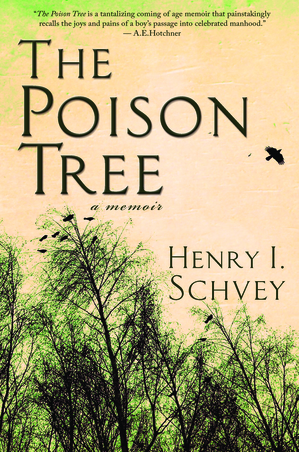Share the post "Feature Writing Tips"
Feature Writing Tips
By Jenny Beatrice, Walrus Contributor
Writing for the sake of the craft is a fulfilling endeavor, but sometimes a girl needs to eat! The fine art of feature writing can partner your passion with a paycheck. As opposed to the “5 W’s” of a just-the-facts news item, a feature allows you to dive deep and bring the reader into the drama and emotion of the story.
Although I have been writing since I could hold a pencil, it took practice to master the skill of creating a feature that tells a story authentic to the subject while still using my own voice. Here are some tips that have helped me keep my blood pressure down while churning out articles that appeal to the reader.
Pick a Focus, Any Focus
Every story has endless angles, but unless you want to be lost in a pile of notes, transcripts and despair (don’t ask) I recommend narrowing it down before you begin your research and writing. Even if you are not familiar with the given topic or person at the outset, you should have your purpose and audience clearly defined. This will help guide your research and interview questions, which ultimately makes the writing process easier.
Knowing your focus is not the same as knowing what you are going to write before you learn the facts and meet your subject. Once you begin, you may discover an unexpected angle you want to explore or that you are going down a dead end. This is where your preparation allows you to adjust while staying true to the purpose of the article.
Letting Go of Your Darlings
Guaranteed, you are going to gather more information than you are able to put in the article. These bits and pieces are valuable to you as the back story, but you have to accept that all your fascinating facts and darling quotes are not going to make it to press. To make the painful elimination process easier, ask yourself, “What does the audience need to know to support my focus and serve my purpose?”
Reeling Them In
It is worth taking up your precious word count to start off with a great hook. Catch the reader’s attention with emotion and drama by using description, storytelling or quotes to set the tone. This is the time for your creative writing skills to shine.
For example, the following excerpt is from an introduction to an article I wrote about a Sister of St. Joseph of Carondelet who is a nurse practitioner at a clinic in Gulu, Africa. She told me about her experience and I turned it into an “opening scene.” (Although I interviewed her in my office in St. Louis, many people asked me when I had the time to go to Africa!)
Sister Jo Ann takes the paper book from her patient’s hands — it’s so old and fragile it practically crumbles to the touch. But she is fortunate to have this medical record, as incomplete as it may be.
Sometimes she just makes a chart out of scrap paper.
Ants march in over the windowsill that she leans on to make notes. Outside, by the shade of the mango tree, she sees the long line of people waiting to see her. Many are weary from walking hours in the hot sun. She thinks about how Americans feel if they wait in a doctor’s office for just 10 to 15 minutes while these patients have never uttered a whimper of complaint…
Breaking through the Block
Even though you have a plethora of words from your interviews and research, you can still get a mean case of writer’s block. Maybe you didn’t find your focus before you started. Maybe you can’t let go. Maybe you got lost in a Family Guy marathon and a package of Oreos. Whatever the case, when the deadline is looming, you have to break through—fast! Here are a couple of tricks that have helped me make it to the finish line:
Make a Test: Be the teacher and the student. Write down the questions that you are seeking to answer in your article. You can make it an “open book” test, but sometimes I set a time limit and write the answers from memory (a flashback to college and the good old Blue Book). The value of this speed round is that whatever comes to your mind instantly is probably what you need to tell the reader.
Make a Puzzle: It’s arts and crafts time, folks. I have literally taken pages of notes and quotes, cut them up and then arranged them in various ways until I landed on the final version. Cutting up the papers is a cathartic experience (no running with scissors, please) and the visual helps you see things in a new light.
Share Your Tips
Have any tips for feature writing? Share your wisdom with us in the “Comment” section below.
Read more writing tips on Walrus:
Lisa Ebert’s Tips
Feeling Rejected?
Proofreading Tips

